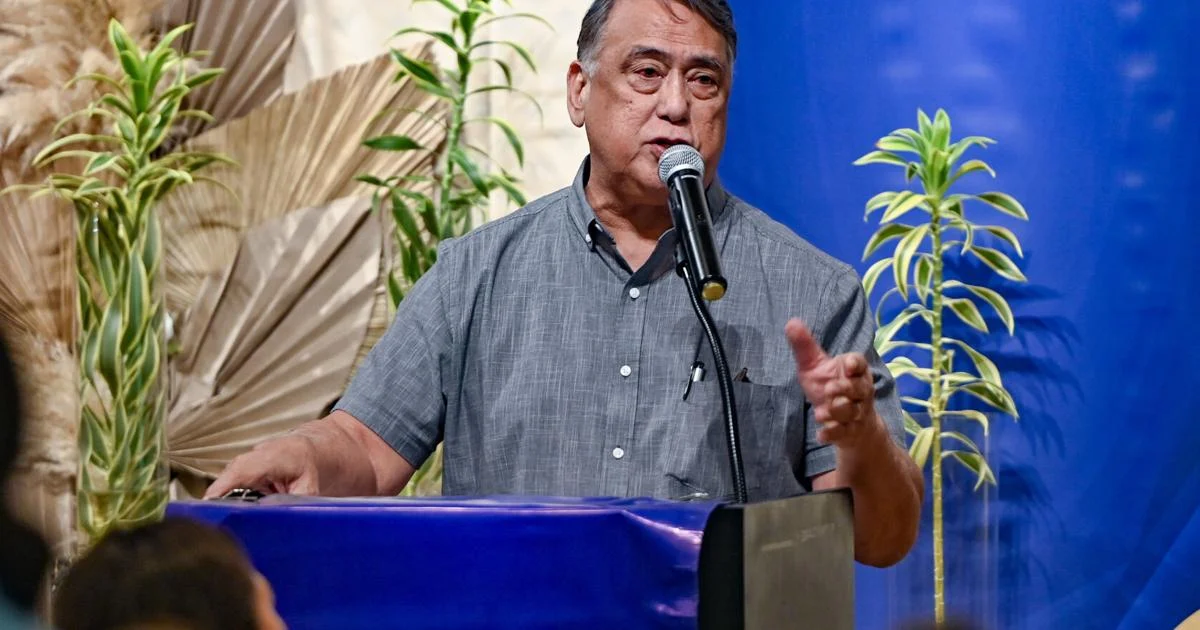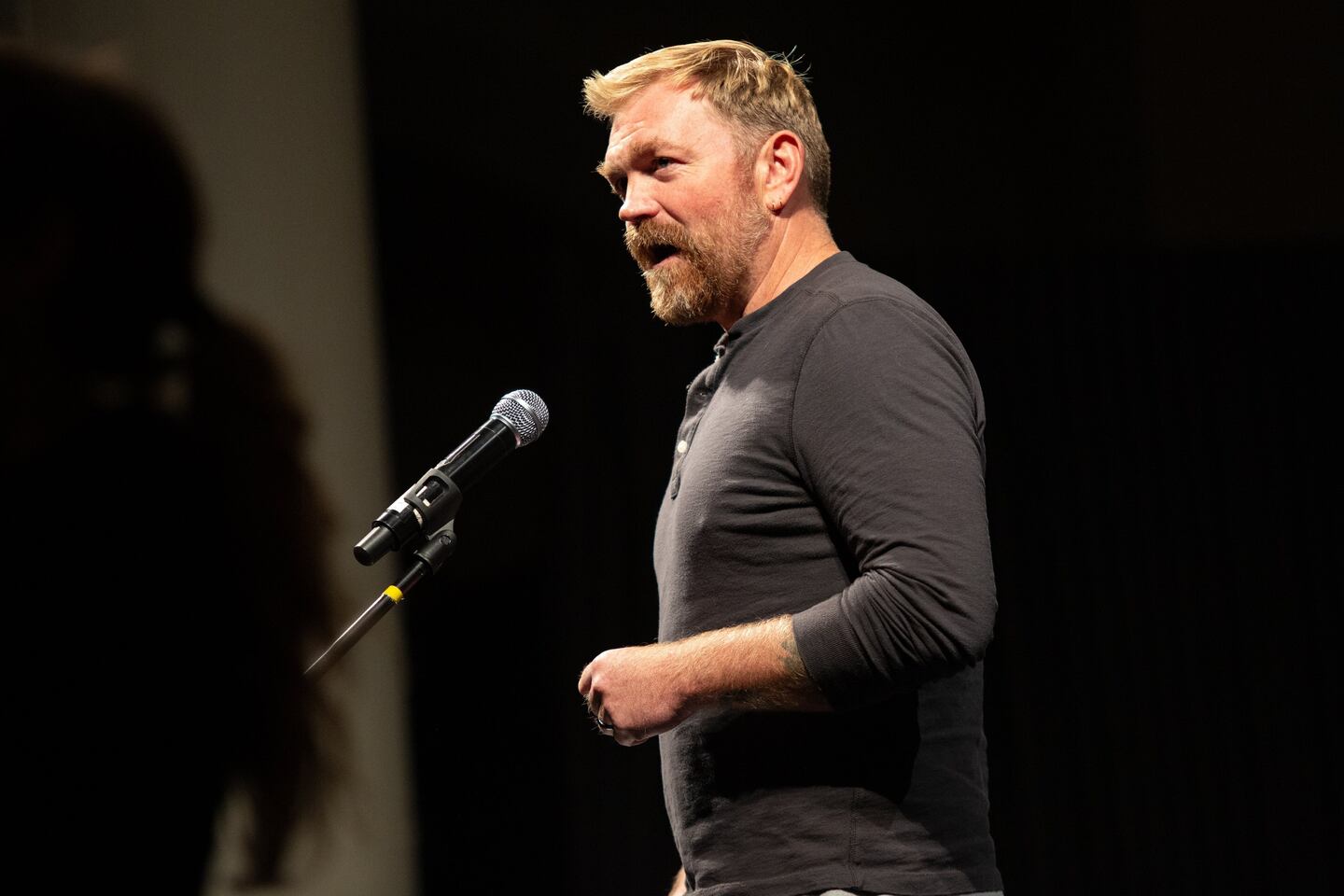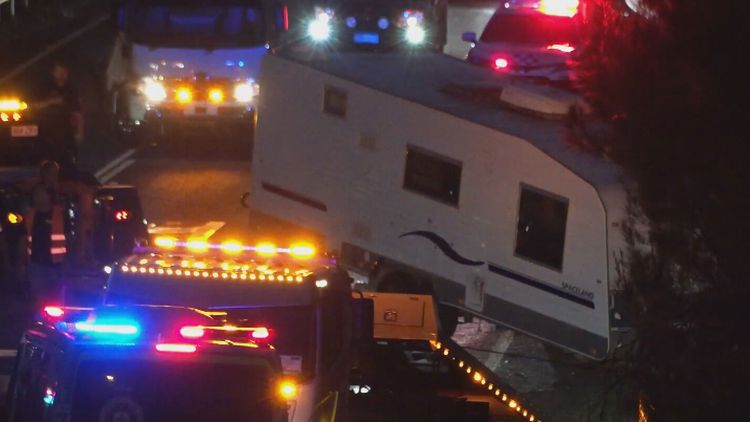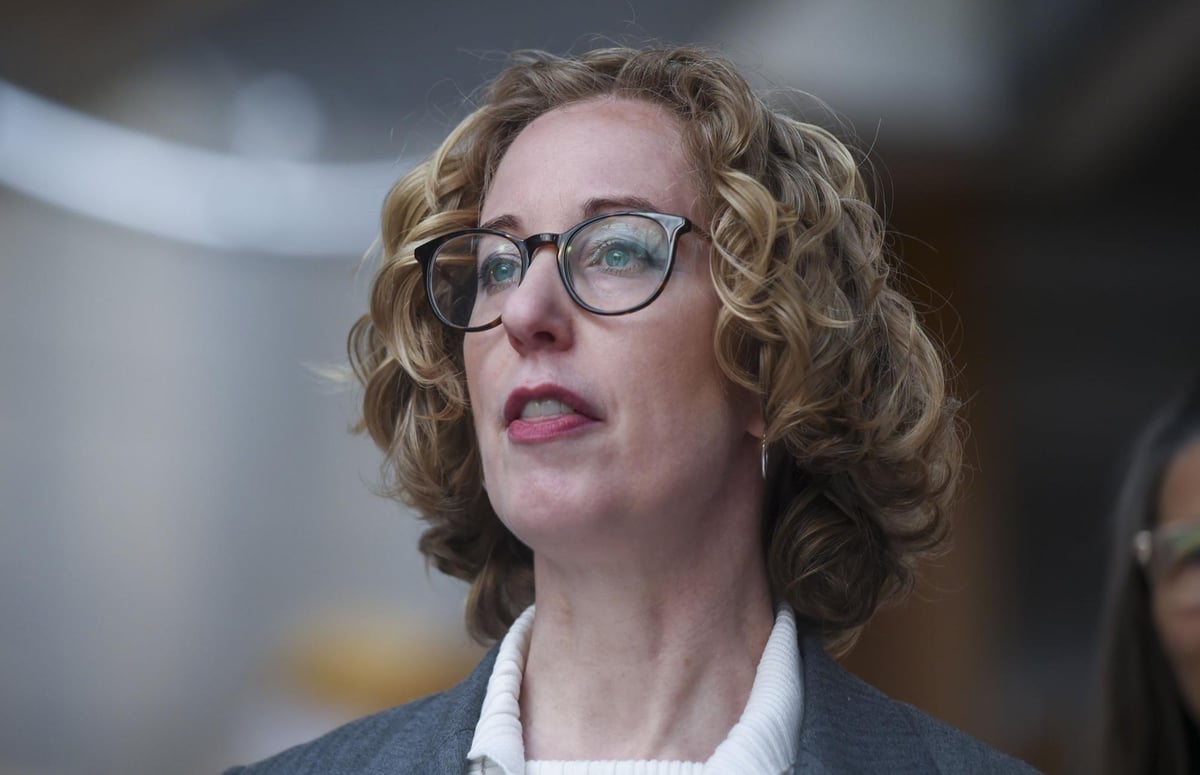Copyright guampdn

Too many lives have been lost on Guam’s roads, and every one of them is a tragedy. But tragedy should never be mistaken for inaction. The Department of Public Works is not waiting for another fatality to take responsibility. We are acting—strategically, persistently, and guided by data. The facts tell a different story Recent commentary by Charlie Hermosa suggested that DPW has been indifferent to Guam’s road safety concerns. That assertion is not only inaccurate; it’s unfair to the men and women who work every day to maintain and improve Guam’s infrastructure. Data from the Office of Highway Safety tells the truth. In 2024, Guam recorded 13 traffic fatalities, including four pedestrian deaths. Of those four, three involved alcohol or drug impairment. From January to June 2025, there have been 13 more fatalities, six involving pedestrians: three impaired or jaywalking, and one walking directly in the roadway. These are not abstract numbers; they represent families torn apart. But they also show that unsafe behavior, not infrastructure failure, is driving most of these losses. Guam’s crosswalks, traffic signals, and lighting are being upgraded, but no amount of paint or concrete can prevent an impaired driver from running a red light or a pedestrian from stepping into traffic. DPW’s role and its limits DPW’s mission is to build and maintain Guam’s infrastructure, not to assign blame. Our crews are out daily restriping crosswalks, resurfacing roads, and upgrading signal systems, particularly along Marine Corps Drive, Route 4, Route 8, and Route 10. Reflective thermoplastic materials are now standard to improve nighttime visibility and withstand heavy rain. We’ve also partnered with the Guam Power Authority to replace outdated traffic lights, wiring, and controllers across multiple intersections. A modernization project, funded by federal aid, is underway to upgrade all signals for energy efficiency and reliability. The Office of Highway Safety continues to lead community outreach and education efforts with law enforcement partners, including the Guam Police Department, Port Police, Airport Police, and Parks and Recreation Police. From Head Start Safety Days to cycling safety events with local organizations, these partnerships aim to change behavior, not just infrastructure. Safety is a shared responsibility Let’s be clear: road safety is not the job of one agency. It is a shared duty between government, drivers, and pedestrians. • DPW must ensure our roads are designed and maintained for safety and compliance. • Drivers must obey speed limits, remain sober, and stay alert. • Pedestrians must cross safely, remain visible, and avoid walking while impaired. When any one of these responsibilities is ignored, lives are lost. Guam’s road safety depends on everyone doing their part. Politics of funding, how they slow progress There’s another truth the public deserves to hear: money matters. Federal highway funds are not blank checks. Every dollar is bound by procurement, design, and environmental review requirements under federal law (2 CFR 200). Most federal projects require a 10-20% local match—money that must come from Guam’s own revenues. That’s why the recent rollback of the business privilege tax passed by the 38th Guam Legislature is so damaging. It directly reduces the pool of funds DPW relies on to match and draw down federal infrastructure grants. Fewer local dollars mean fewer contracts awarded, fewer projects launched, and slower delivery of the very safety upgrades some critics are demanding. Guam cannot have it both ways: calling for faster progress while undercutting the financial foundation that makes progress possible. Progress takes persistence, not politics DPW reports all expenditures and milestones through quarterly submissions to the Federal Highway Administration and maintains full transparency under federal compliance standards. Our record shows responsible spending, accountable leadership, and steady progress. Are there areas still in need of improvement? Absolutely. But accountability is not the same as blame. The department will continue to act based on data not rhetoric and we’ll keep the public informed every step of the way. We all own this Road safety cannot be legislated into existence or achieved through finger-pointing. It requires every driver to make better choices, every pedestrian to stay alert, and every policymaker to understand how fiscal decisions impact safety outcomes. There is room for every voice in that commitment. The challenge is not to criticize from a distance, but to stand with us, participate, and be part of the solution. Constructive dialogue is always welcome, because real progress happens when we move forward together, not when we point fingers from the sidelines. DPW will continue to maintain and modernize Guam’s infrastructure, but the safety of our roads ultimately depends on shared responsibility and collective accountability. The next life saved will come not from a headline, but from a choice a choice to drive sober, cross safely, and stay vigilant. Just recently, the Governor’s Office, DPW, all our public safety agencies, our military partners, and members of the Consulate Corps came together to proclaim Pedestrian Safety Month on Oct. 3, 2025, and Anti-Speeding Awareness Month on July 18, 2025. These observances reflect the kind of collaboration Guam needs to create lasting change a shared commitment to protect lives and promote safer roads. I don’t recall seeing you there, Charlie.



